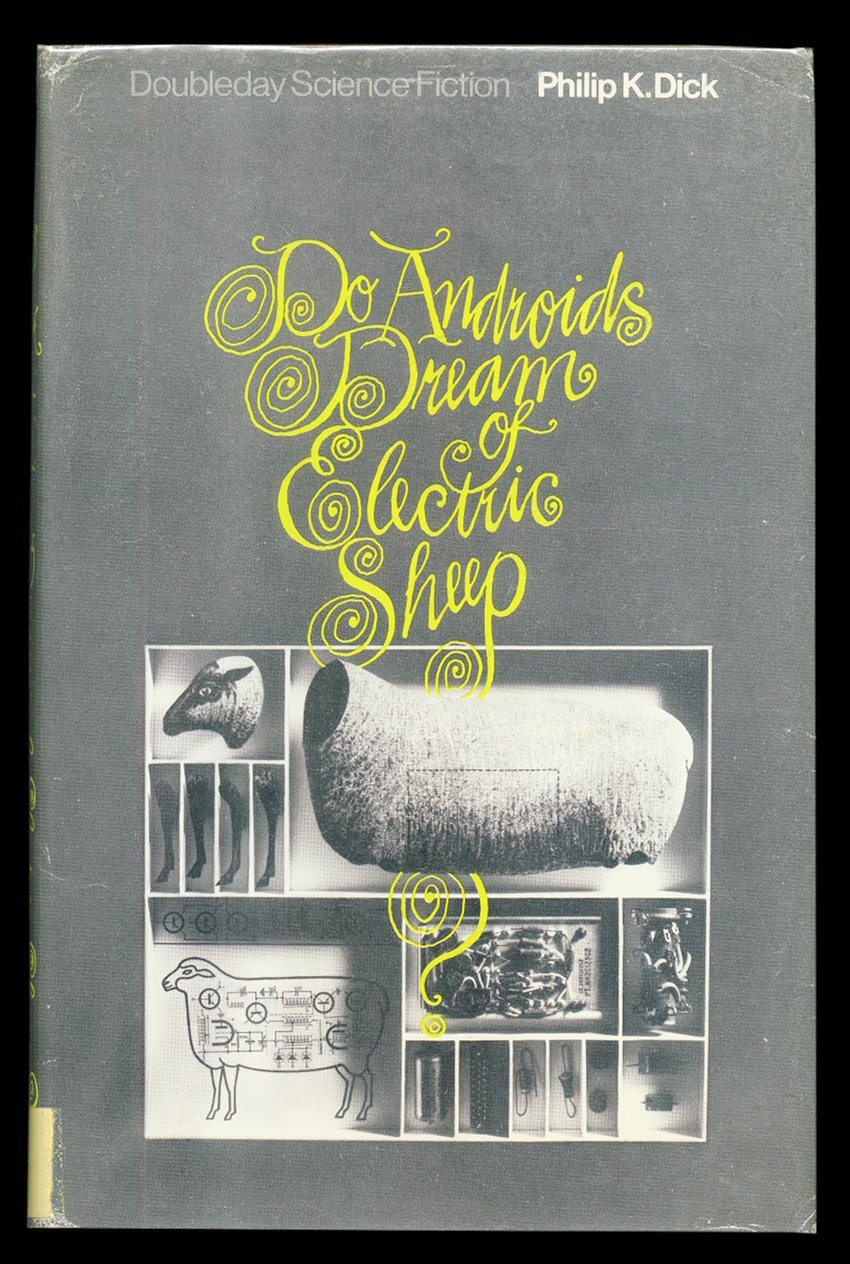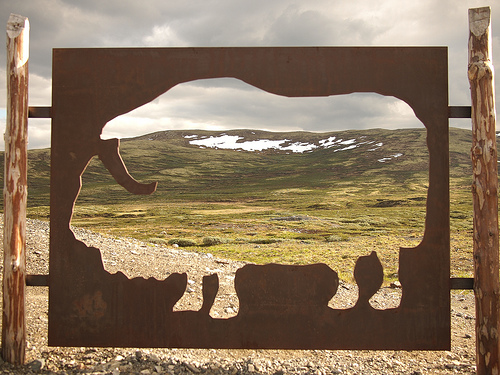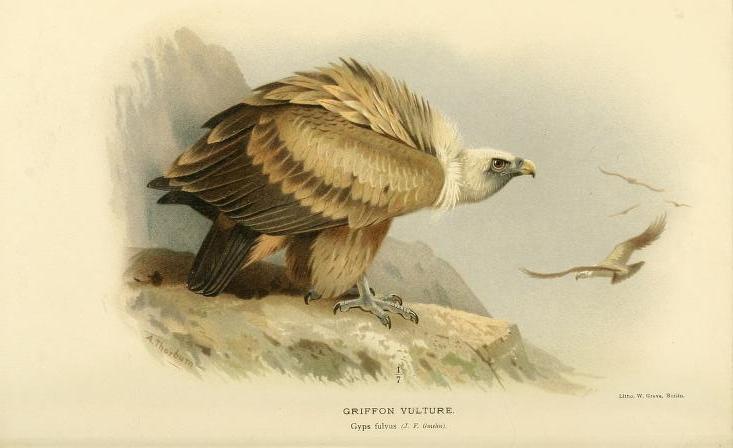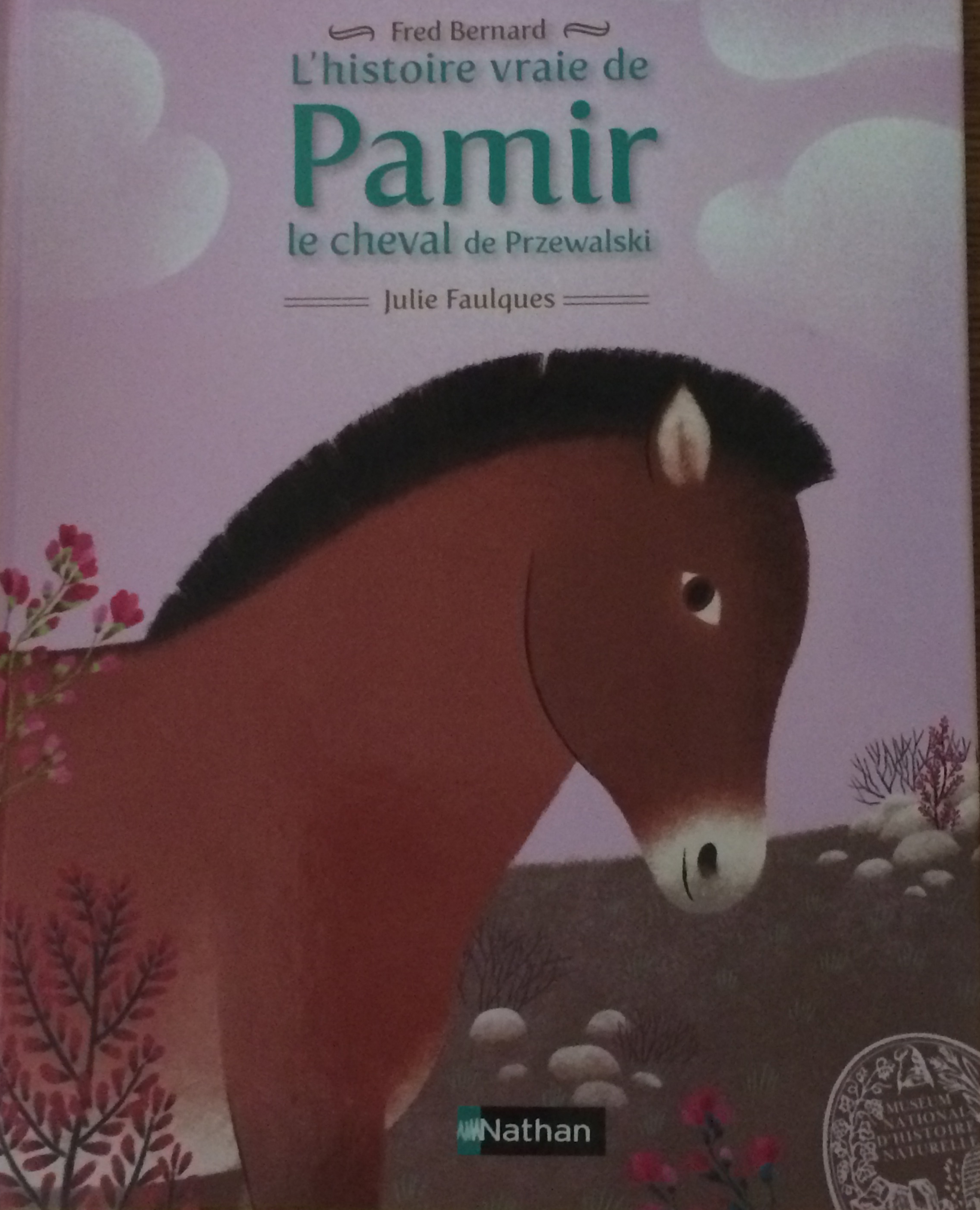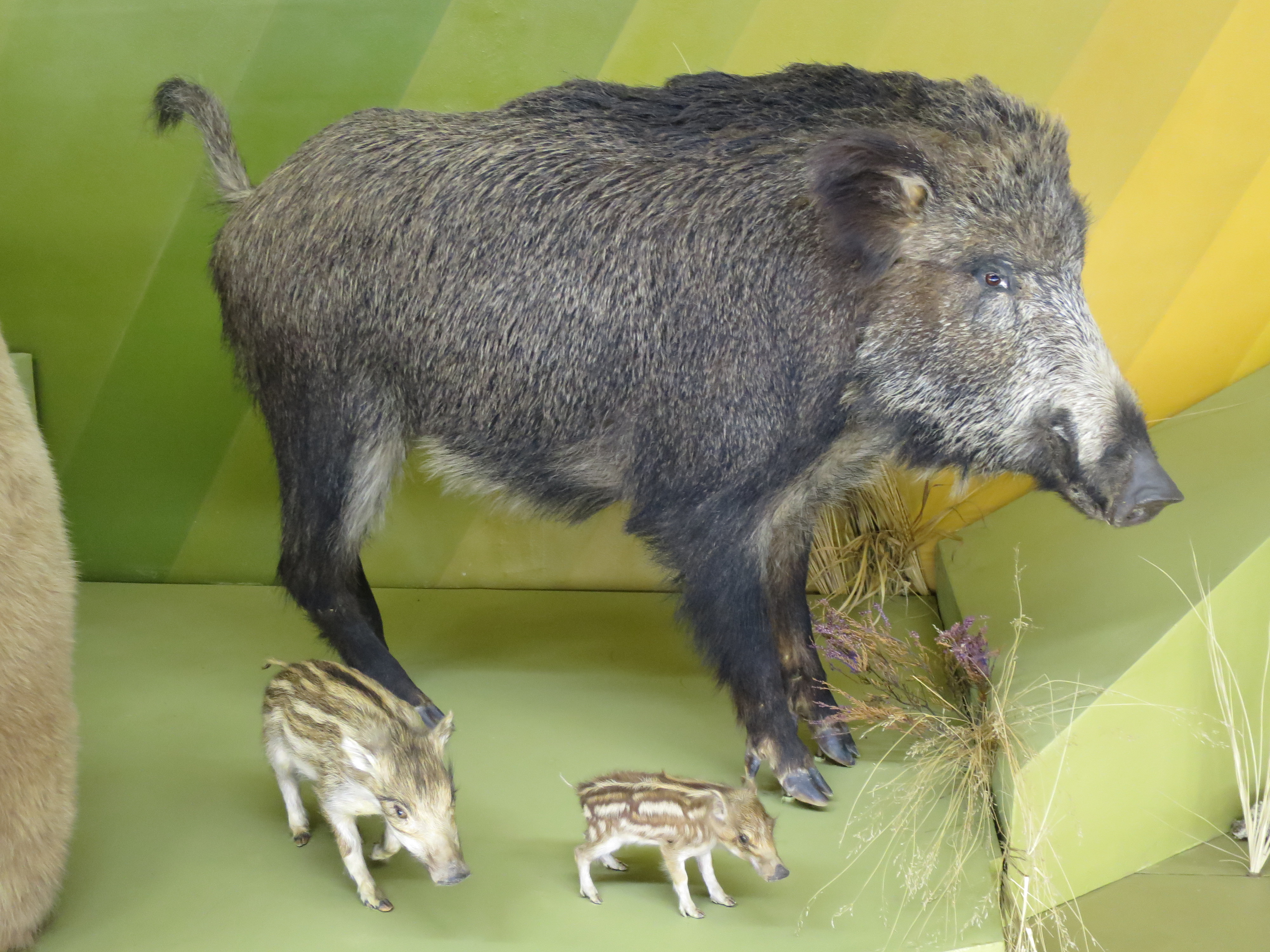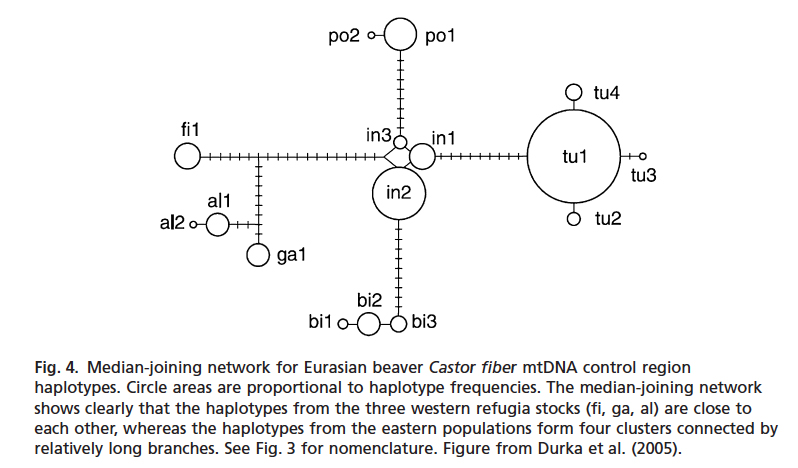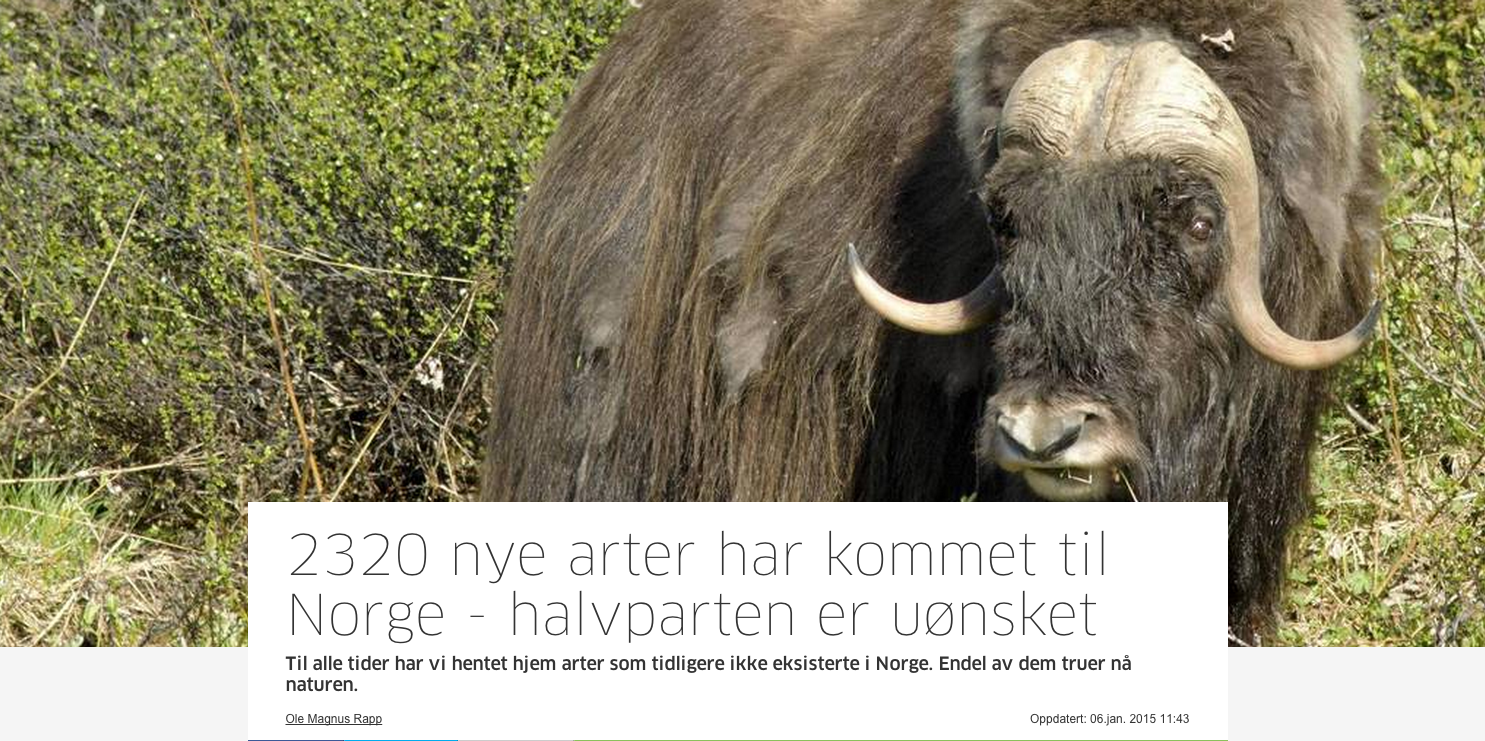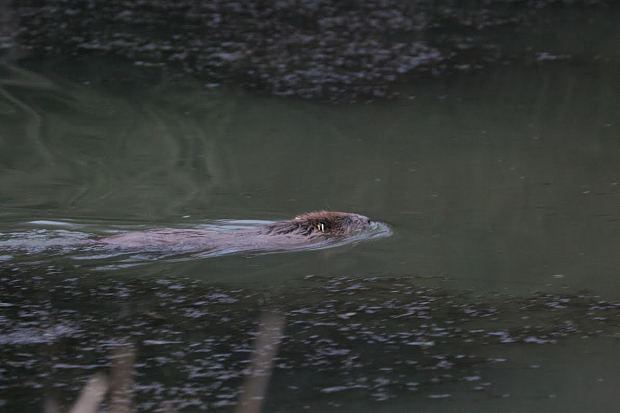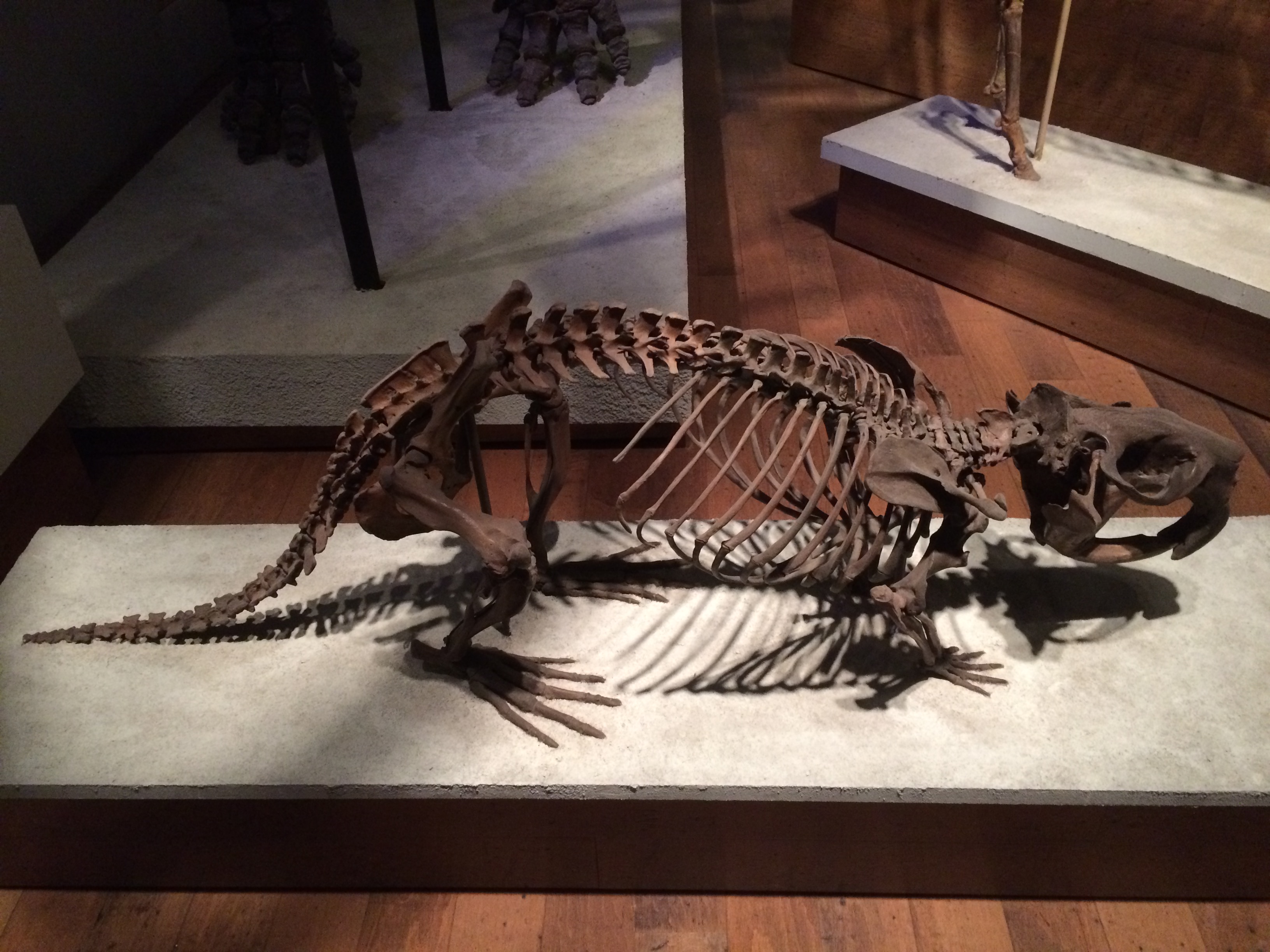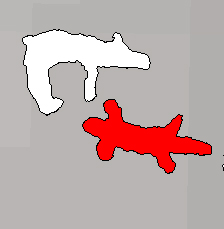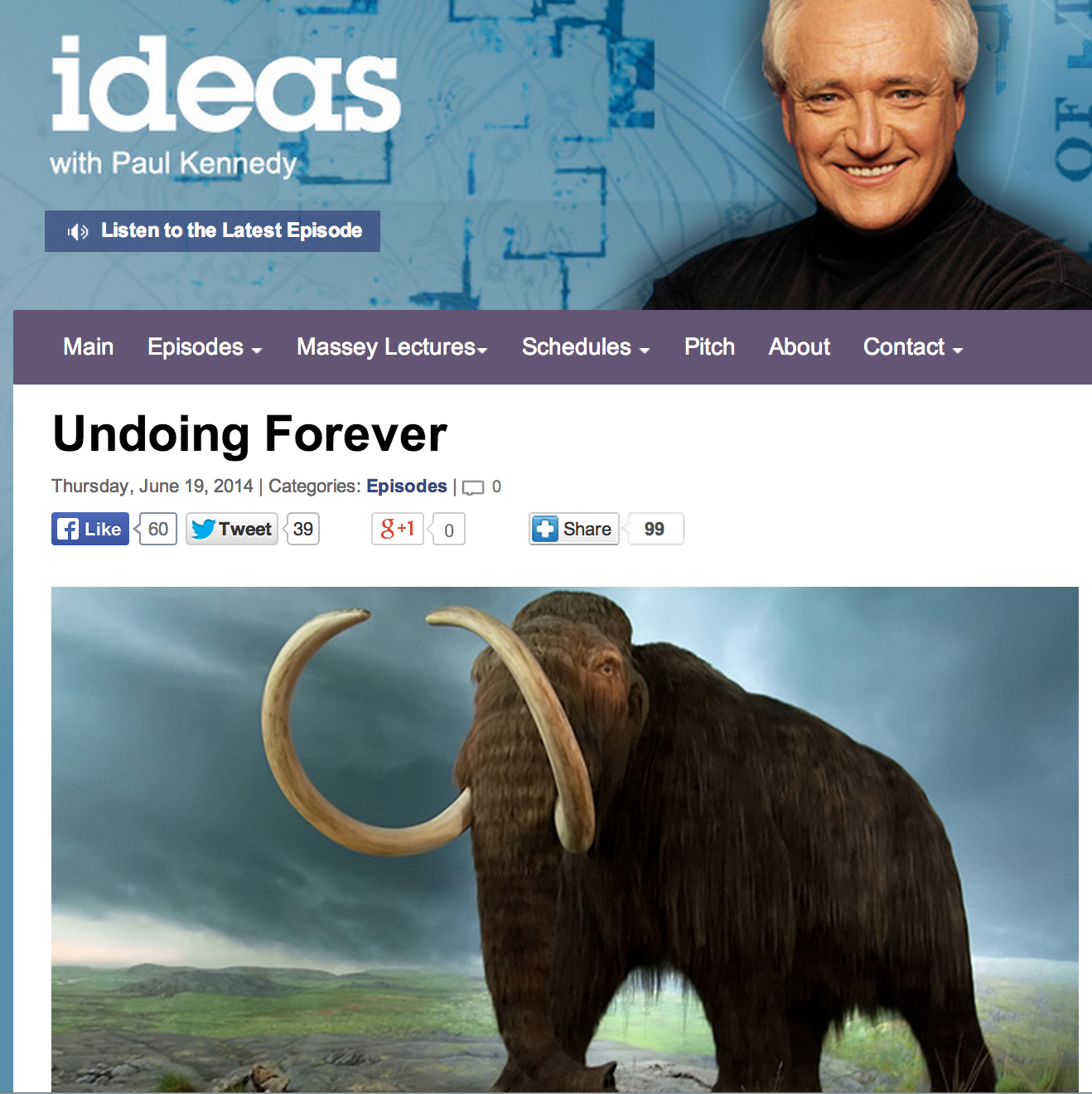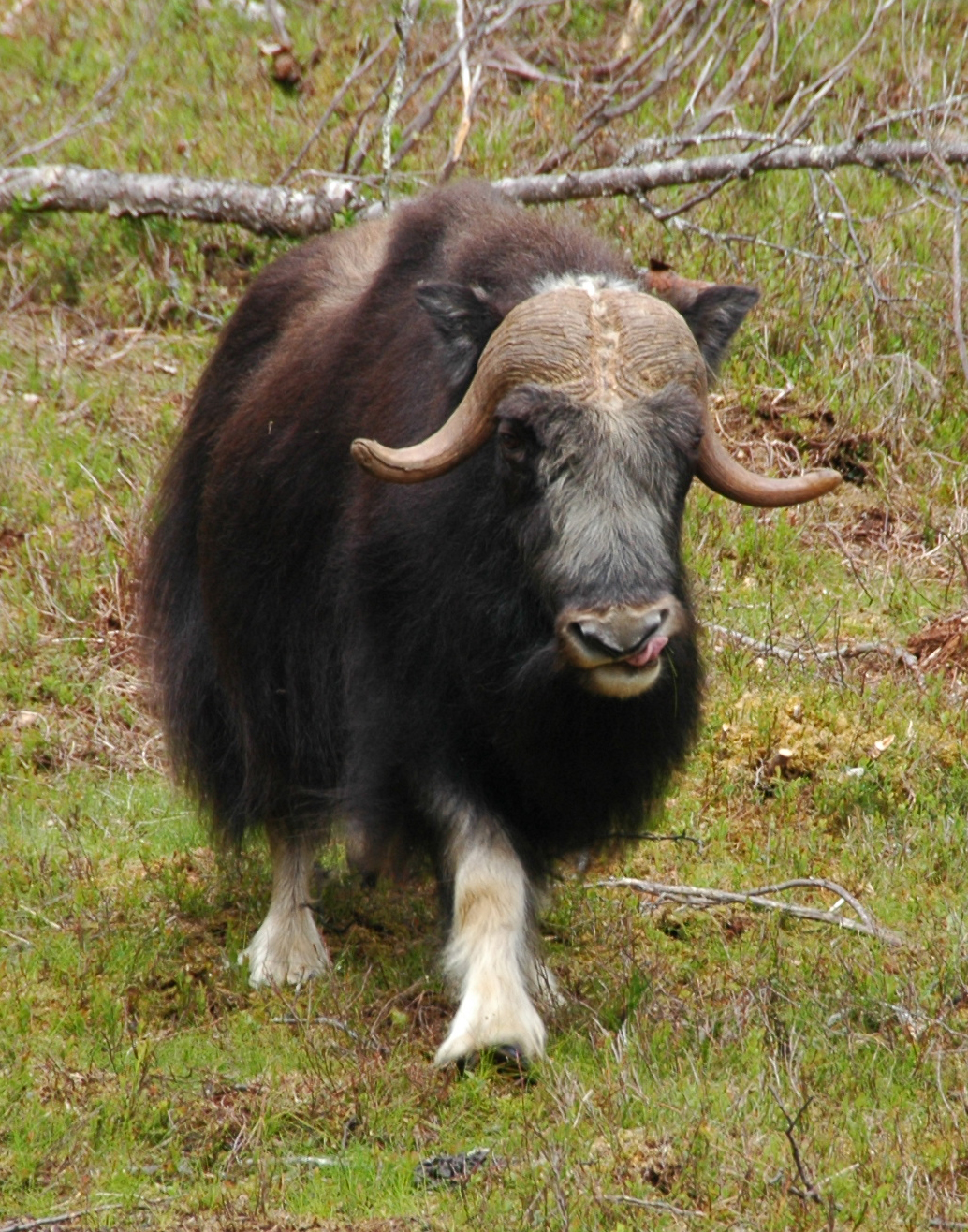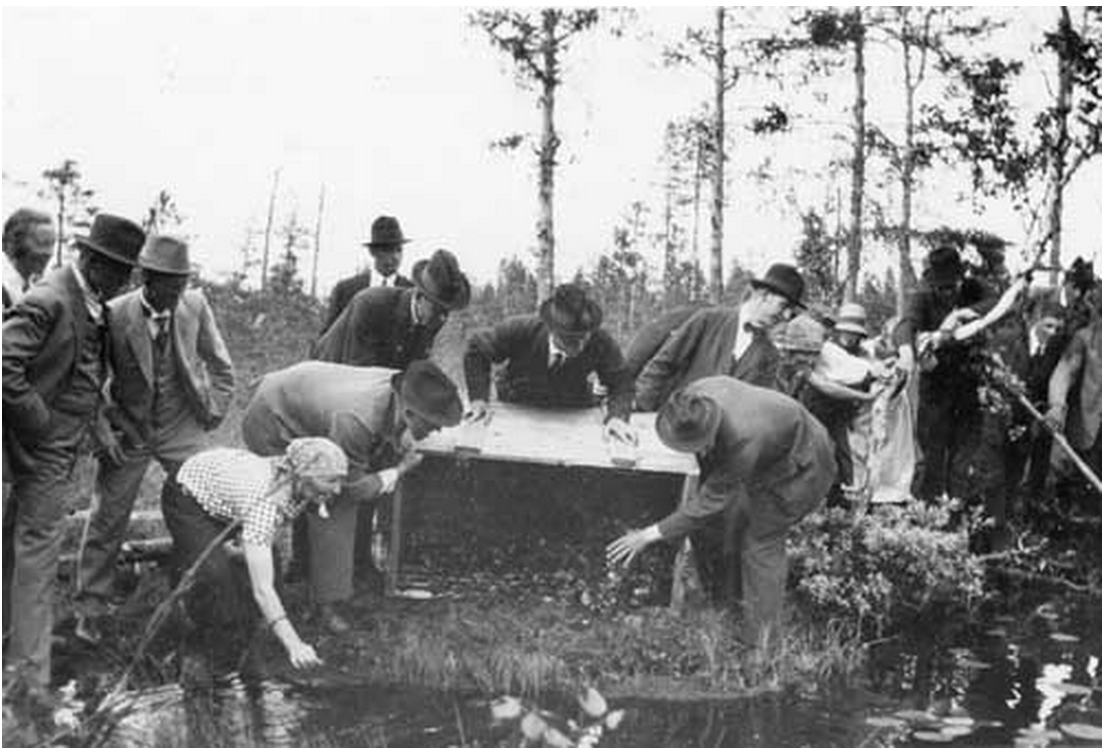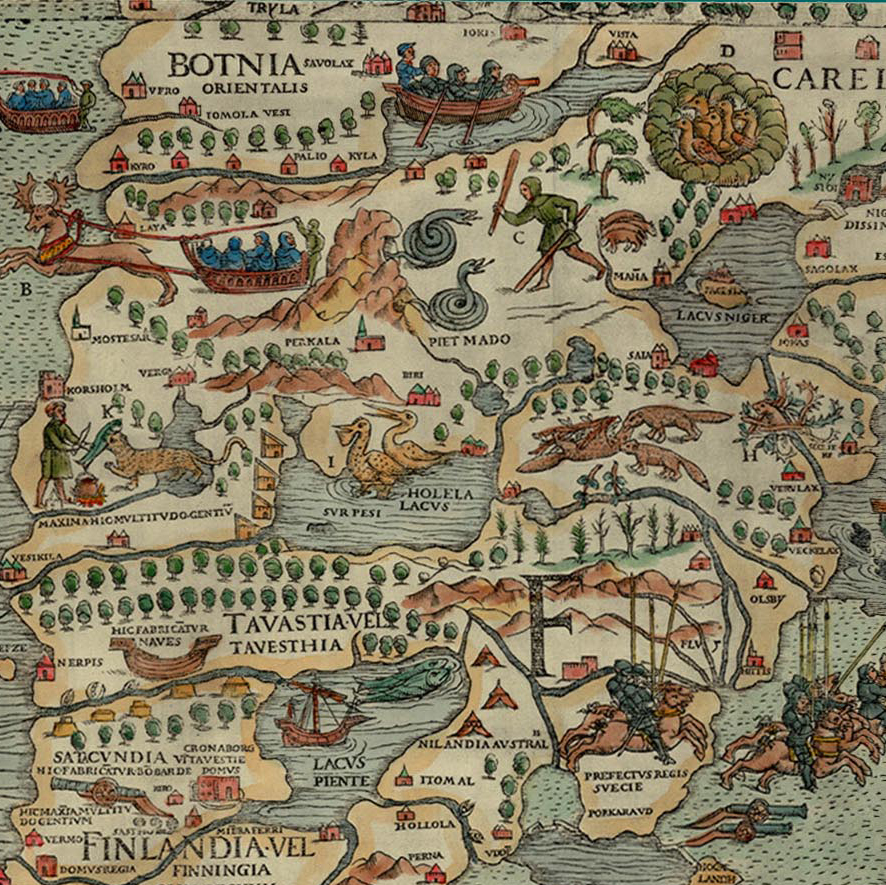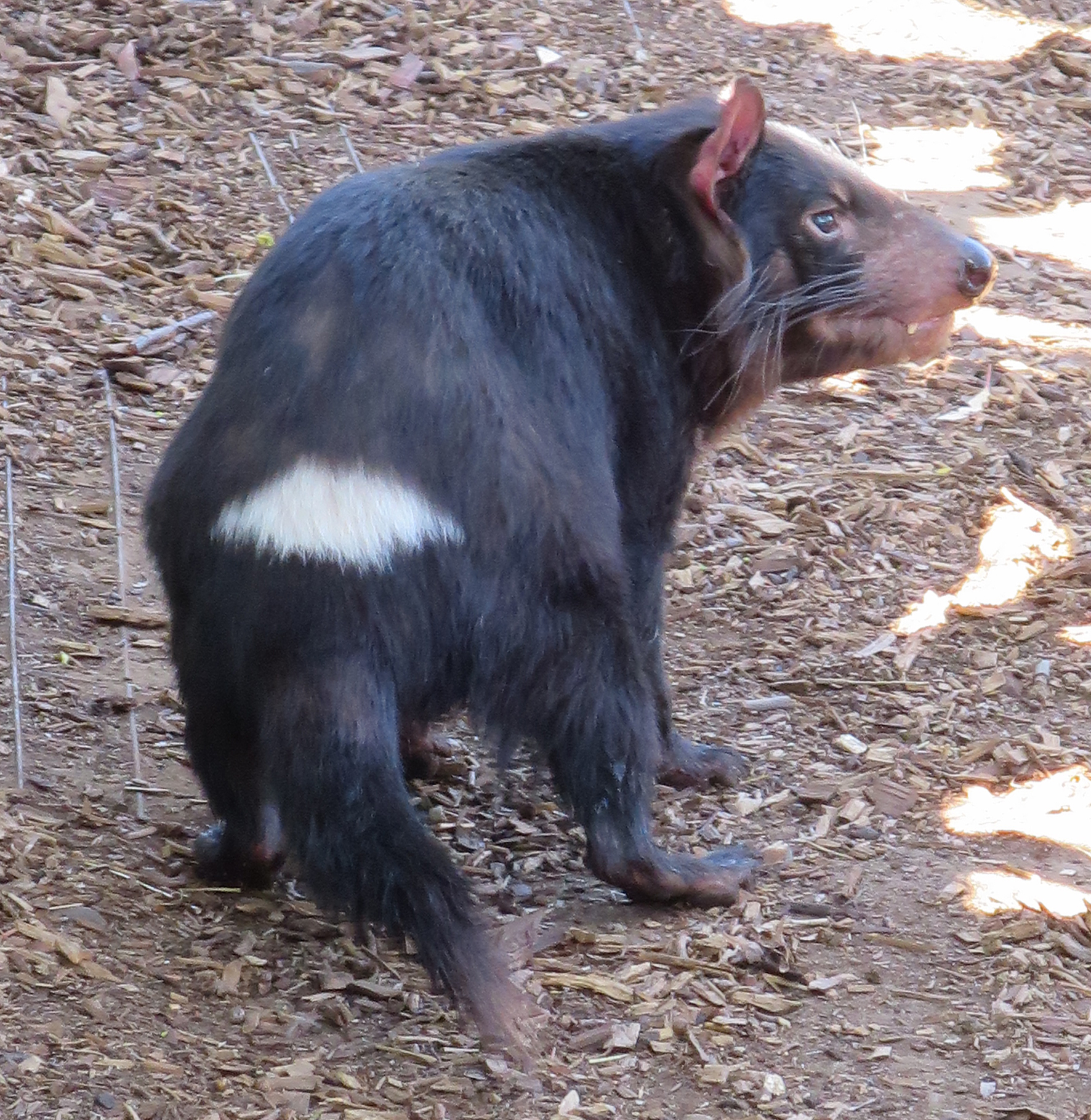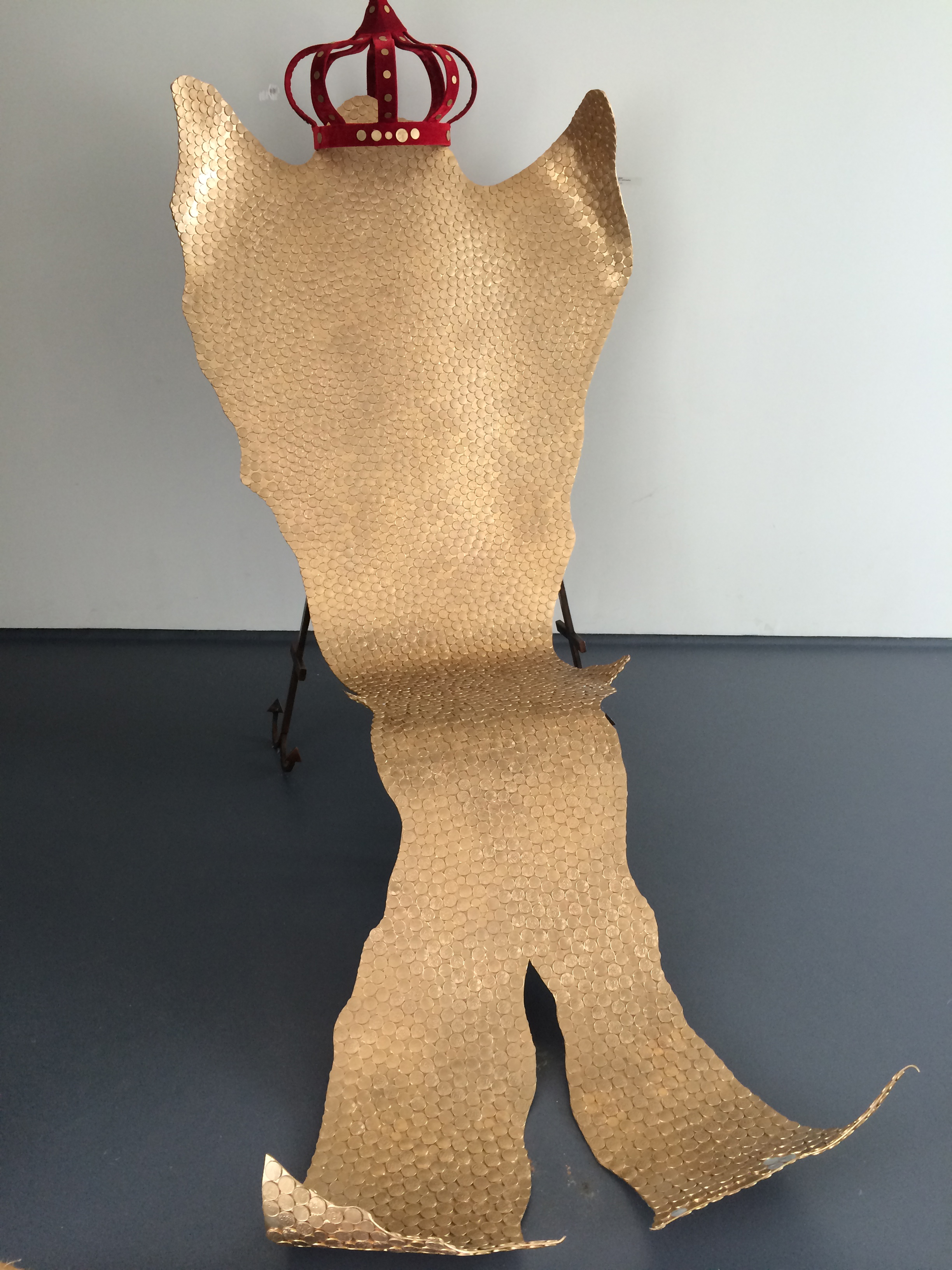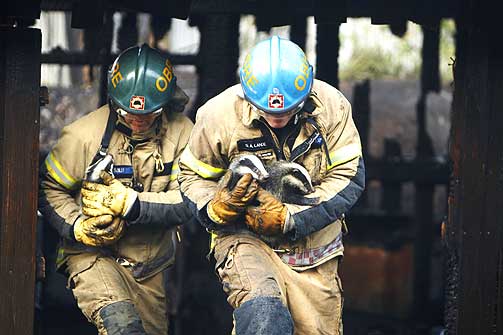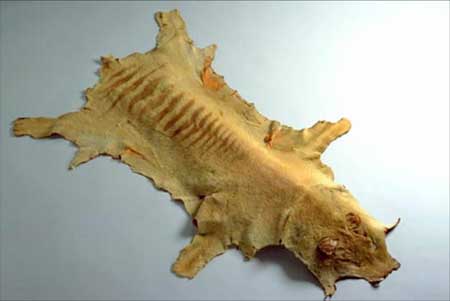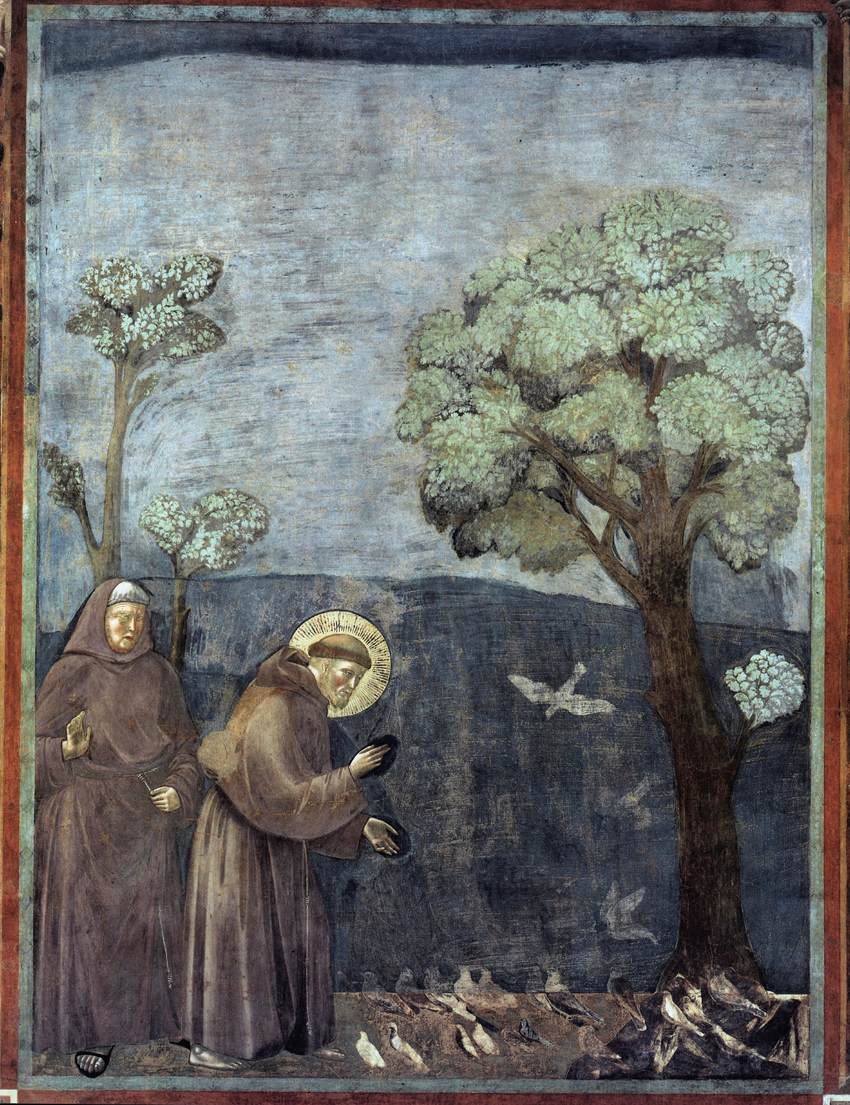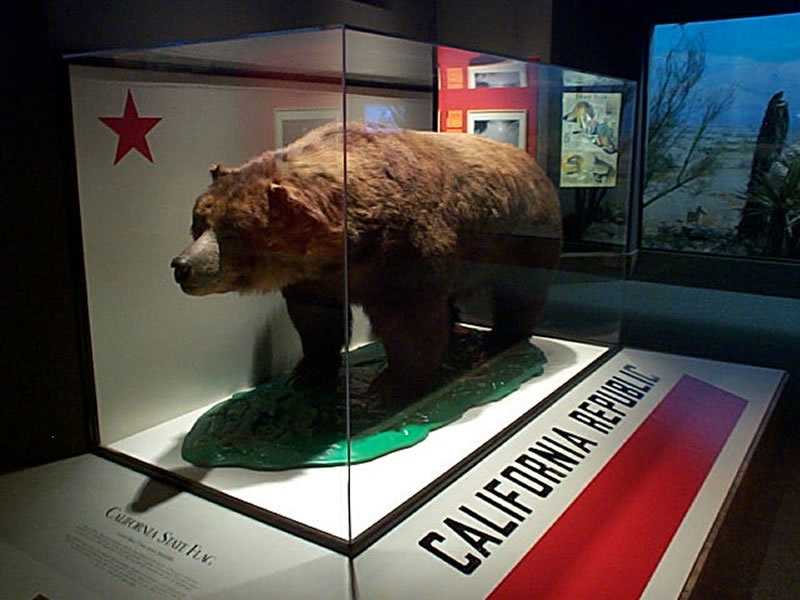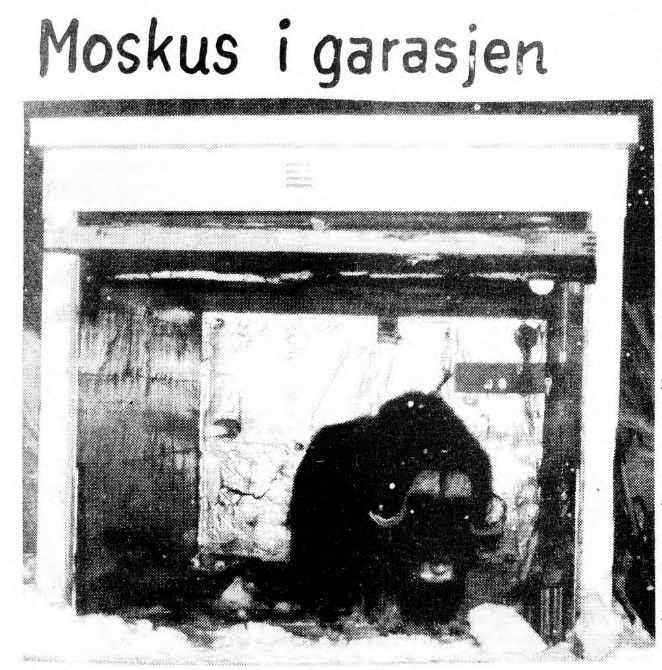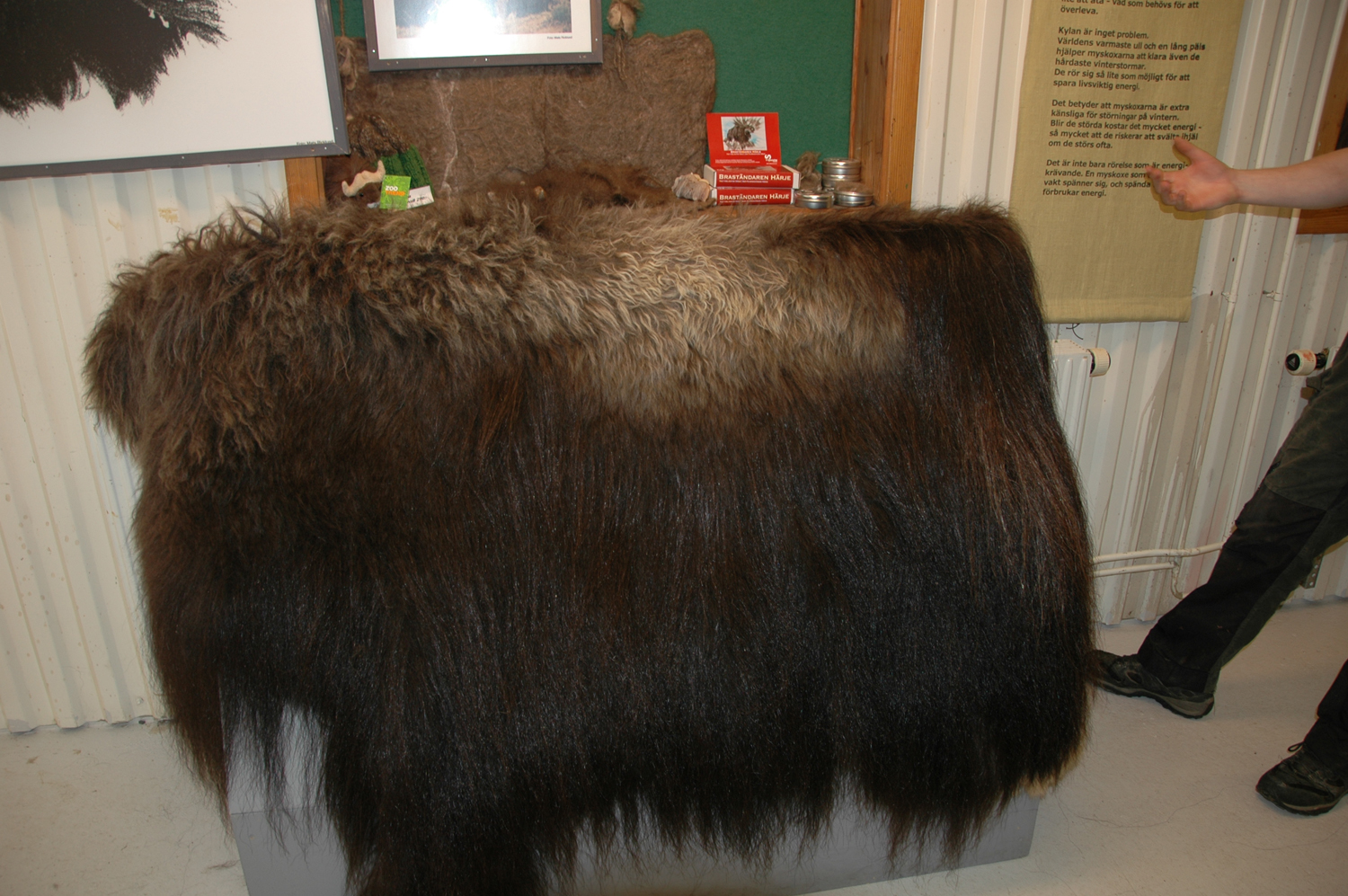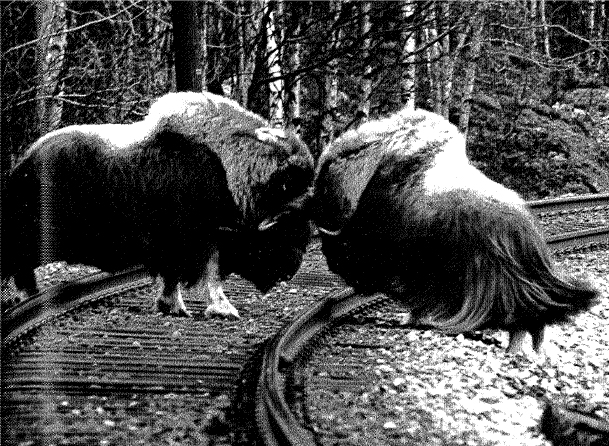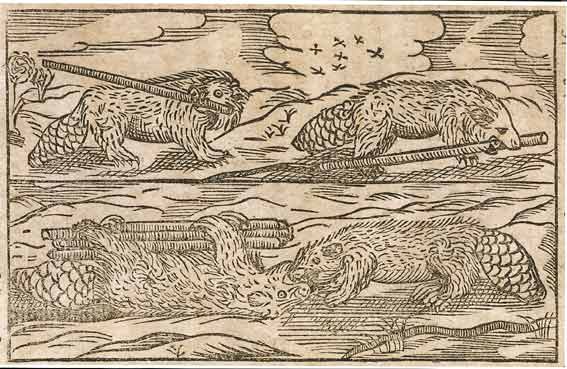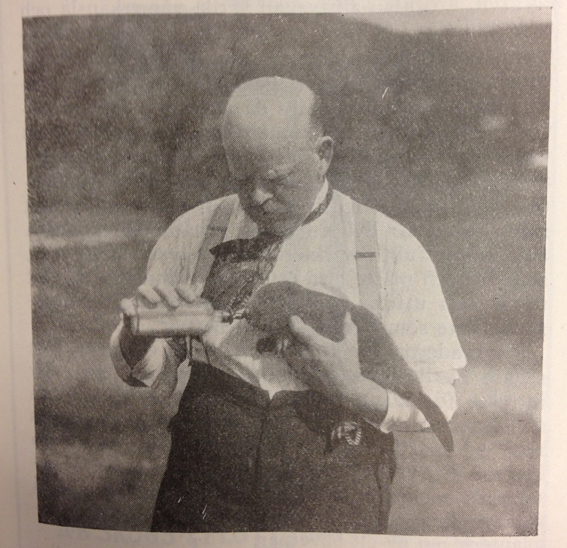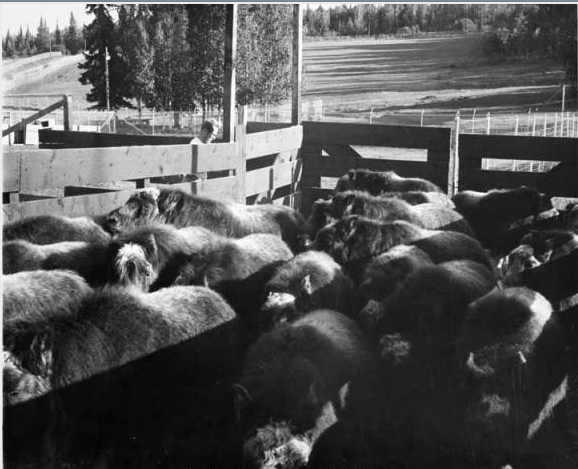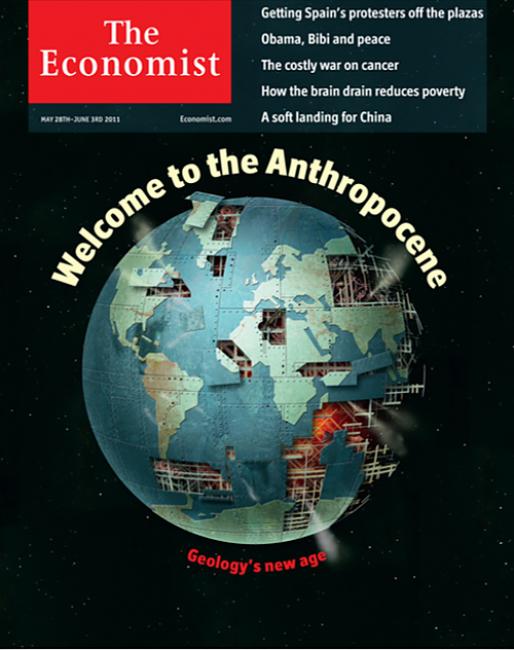-
Thinking extinction with sci-fi
Steward Brand, President of the Long Now Foundation, has a new essay out titled “Rethinking Extinction”. Brand argues that the current discursive emphasis on extinction, especially crisis language of the “Sixth Mass Extinction” à la Elizabeth Kolbert, takes the emphasis away from the real problem of decreasing wild animal populations. He believes that the negative spin of extinction headlines leads to inaction: As they accumulate, they frame our whole relationship with nature as one of unremitting tragedy. The core of tragedy is that it cannot be fixed, and that is a formula for hopelessness and inaction. Lazy romanticism about impending doom becomes the default view. Is this true? Does a tragedy narrative necessarily lead…
-
Learning from wild boar
On 9 April 2015, I got to participate in a workshop on the potential opportunities and costs of reintroducing wild forest reindeer to Sweden. When Stig-Olof Holm publicly proposed bringing back the forest reindeer about a year ago, I was cynical to the idea. So when I was invited to talk about historical reintroductions in Sweden at a stakeholder workshop, I was both interested in sharing my historical viewpoint and hearing how others thought about proposed reintroduction. Rather than talk about forest reindeer (which I actually know very little about), my presentation focused on historical reintroductions in Sweden. It included a section on the wild boar. Wild boar was originally…
-
Beavers are back in England
England has now reintroduced its first ‘official’ wild beavers. Video documentation of a beaver colony in Devon in southwestern England had first surfaced in January 2014. Although reports of these beavers had been made since at least 2013, the British authorities could not ignore the new proof of beavers living wild in England. The governmental agencies became concerned that the beavers might pose a risk since the animals had been released there illegally, i.e. no one had gotten a permit for the release and gone through the veterinarian and risk assessment protocols. The early statements by the Department for Environment, Food and Rural Affairs (DEFRA) indicated that there were concerns about the genetic…
-
Meeting Martha
I met Martha. Martha the last passenger pigeon. She sat on a branch with her body facing away from me, her head turning in my direction. I stared at her as she seemingly stared back with a glassy red eye. In a way she looked too life-like to sympathise with, to wonder what she had thought about as she spent her last fews years without her mate George. Now she was placed near a potential mate. A male bird, one Martha never knew, reached out with a seed in beak, possibly as an offering to Martha’s passing. But he too seemed too real, too alive. The bird laying down did not. In front…
-
Strength, Courage, Endurance
On the campus of Brown University in Providence, Rhode Island, where I gave a talk yesterday, there is a statue of a brown bear. It’s hard to miss. The 7-foot tall bronze bear which has weathered to a green patina stands on its hind legs on top of a stone pedestal, towering over onlookers. I took a photo of the whole figure, but when I got closer, I could read the inscription on the base: Given By Alumni And Undergraduates To Brown University To Symbolize Those Qualities Of Strength Courage Endurance Which Go Far To Make Men Invincible MCMXXVIII What struck me as I stared at this bear was that the characteristics…
-
Another anonymous woman
Today is International Women’s Day 2015 and there’s been a lot of twitter traffic on it, particularly within my networks by trying to raise awareness of women in science. So I wanted to reflect on women in the histories I’m currently writing. The problem is that, quite honestly, there aren’t any. I looked through all of the documents about the beaver reintroductions I photographed in my archival visits. All of the letters are written by men to men. Everyone who was involved in planning, catching, purchasing, moving, and writing about the beavers was male. But women were at releases. At the first reintroduction in 1922, there were 20 people there and one was…
-
Burning badger babies
On a Sunday afternoon, 18 May 2008, a rope factory in the urban center of Oslo caught fire. Over a hundred people living in the area were evacuated because of the smoke. During work to suppress the blaze in a garage building, fireman Odd Arne Lande noticed a badger kit, which he grabbed before running out of oxygen. After the flames in the main area had come under control, Lande and fellow fireman Espen Solli reentered the building, which was still smoldering on the roof, and broke through the floorboards to expose the a den where more kits were huddling. The two rescued the youngsters, who according to Lande showed…
-
A wolf without sheep’s clothing
A gray wolf which was the first to be seen in the Grand Canyon area of the US since the 1940s is dead. The wolf, nicknamed Echo, had made a long distance journey of about 1200 kilometers from the Yellowstone National Park area to Arizona last year, using its feet to reintroduce wolves to the area. It was killed in Utah, supposedly mistaken by a hunter who thought it was a coyote. The ending of this story is sad but it is unsurprising. While scientists and activists tout reintroduction of large mammals and envision “rewilded” land full of wildlife, people who actually live on or near that land have other opinions.…
-
On the origins of the beaver
Yesterday was International Darwin Day to mark the celebration of Charles Darwin’s birthday on February 12, 1809. In honor of ol’ Darwin, I wanted to write a bit about beaver evolution. Most people think there is one kind of beaver globally. Actually, the beaver of Eurasia (Castor fiber) and the beaver of North America (Castor canadensis) are different species. In fact, they are very different species. Many of the species Darwin used when developing his Origins of Species theory, both domestic animals like dogs and pigeons (he was a pigeon fancier) and wild animals like his famous finches, technically could breed together in many cases even though they either can’t because of…
-
In search for the Golden Fleece
I ran across a lovely poem by the modernist poet Marianne Moore (1887-1972) this week titled “The Arctic Ox (or Goat)”, published originally in her collection O to be a Dragon (1959). Here is an excerpt: To wear the arctic fox you have to kill it. Wear qiviut–the underwool of the arctic ox– pulled off it like a sweater; your coat is warm; your conscience, better. I would like a suit of qiviut, so light I did not know I had it on; and in the course of time, another since I had not had to murder the “goat” that grew the fleece that made the first. The musk ox has no…
